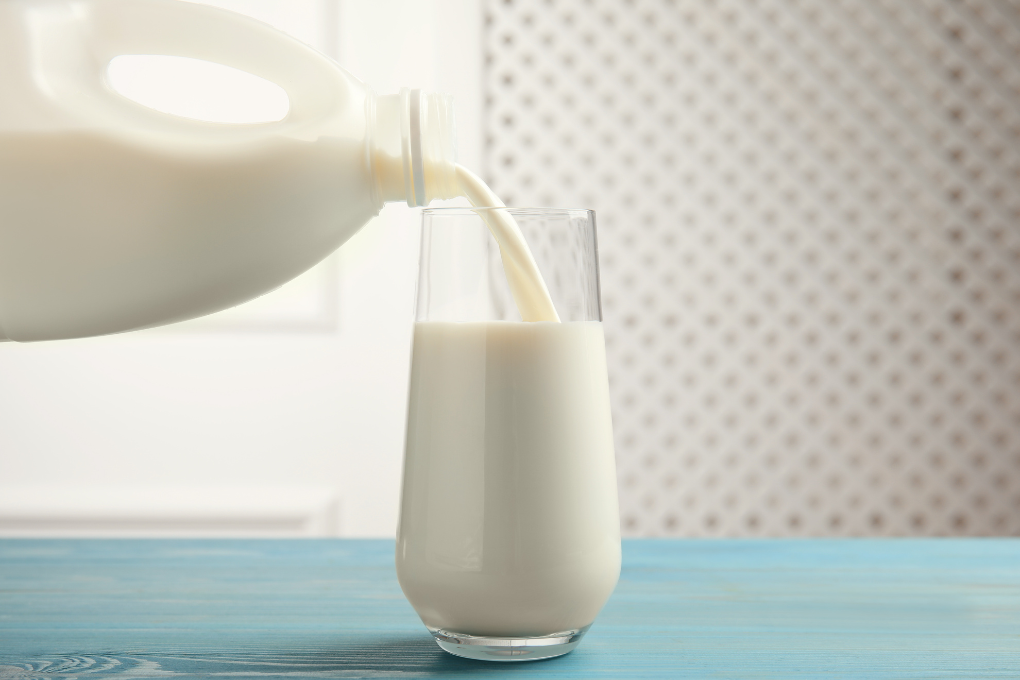Introduction: The Dual Nature of Dairy
There exists a peculiar relationship between humans and milk, one that evokes both comfort and discomfort. Many of us have indulged in a warm glass of milk before bedtime, only to awaken the next morning with a rumbling stomach and the nagging urge to find relief from digestive woes. If you find yourself among those who experience such discomfort, it may be a comfort to know you are not alone; indeed, a significant portion of the global population grapples with lactose intolerance—a condition that can make the simple act of enjoying milk a complex affair.
The Science of Lactose Intolerance
Lactose intolerance, or lactase non-persistence (LNP), affects approximately two-thirds of the global population. As infants, we possess ample amounts of lactase—an enzyme essential for breaking down lactose, the sugar found in milk. This enzyme allows young children to digest milk effectively. However, as we transition from breastfeeding to solid foods, our bodies naturally reduce lactase production. Consequently, by adulthood, many find that their ability to digest lactose diminishes significantly.
For the majority who experience this phenomenon, the undigested lactose travels to the colon, where it is fermented by gut bacteria, leading to the uncomfortable symptoms of bloating and diarrhea. This unfortunate reality makes the consumption of traditional dairy products a daunting experience for many.
The Exception: Lactose Tolerance
Contrarily, about one-third of the human population possesses a genetic mutation that allows for the continued expression of lactase into adulthood, granting them the ability to enjoy dairy without discomfort—this is known as lactase persistence (LP). According to Dr. Laure Ségurel, an assistant professor at the Museum of Human Evolution in Paris, a genetic mutation—occurring roughly 5,000 years ago—enabled some populations in Southern Europe to continue consuming dairy, a practice that has enhanced human diets and livelihoods substantially.
Recent genomic studies have identified several mutations associated with lactose tolerance, with the most common being LCT-rs4988235. This alteration enables continued production of lactase, ensuring that those with this genetic variation can digest lactose without adverse effects, differentiating them from those who experience intolerance.

The Surprising Benefits of Gut Bacteria in Lactose Intolerant Individuals
Research has unveiled that even those who are lactose intolerant, upon consuming milk, may benefit from the presence of beneficial gut bacteria such as Bifidobacterium. These probiotics thrive on the lactose that remains undigested, converting it into beneficial short-chain fatty acids and other compounds that possess anti-inflammatory and immune-regulating properties. Recent findings published in Nature Metabolism suggest that individuals with lactose intolerance who consume significant amounts of milk may have a reduced risk of developing type 2 diabetes—a discovery that has piqued the interest of scientists.
Milk Consumption and Diabetes: A Closer Look
Intriguingly, studies have shown varying outcomes regarding the relationship between milk consumption and the risk of type 2 diabetes across different populations. For example, while higher milk intake correlates with lowered diabetes risk in lactose intolerant individuals—such as many East Asians and Latin Americans—this benefit is not observed in those with lactose tolerance, like many European descent individuals.
Researchers have attributed this phenomenon to how milk influences gut microbiota composition and metabolic processes in those unable to digest lactose. Within lactose intolerant groups, increased milk consumption correlates with a rise in beneficial bacteria and a reduction in potentially harmful species.
Gut Health and Metabolic Outcomes
The presence of beneficial bacteria modulates key biochemical pathways in the gut, influencing metabolites related to diabetes risk. Bifidobacteria not only enhance the metabolism of bile acids and branched-chain amino acids but also alter tryptophan metabolism, potentially lowering diabetes risk. Notably, many dairy products we consume, such as yogurt and cheese, have low or negligible lactose levels, making them more suitable for those with intolerance.
As diabetes becomes an increasingly prevalent chronic condition, exploring dietary strategies to mitigate risk is crucial. While milk might provoke discomfort, its impact on gut health and metabolic regulation suggests that it could play a beneficial role in diabetes prevention for those who tolerate it.
Concluding Thoughts: Navigating the Dairy Dilemma
In the quest for metabolic health, embracing the complexities of our digestive systems is essential. For those who wish to cultivate a healthy gut microbiome while enjoying dairy, incorporating fermented products like yogurt may offer a less tumultuous alternative. Fermented dairy can provide probiotics that aid in lactose digestion, potentially allowing individuals to consume milk without the associated discomfort.
Nevertheless, the need for more research remains vital to fully understand the causal relationships between dairy consumption and health outcomes. As we delve deeper into the intricate world of gut health, one thing remains clear: our relationship with milk is as layered as the creamy beverage itself.










































